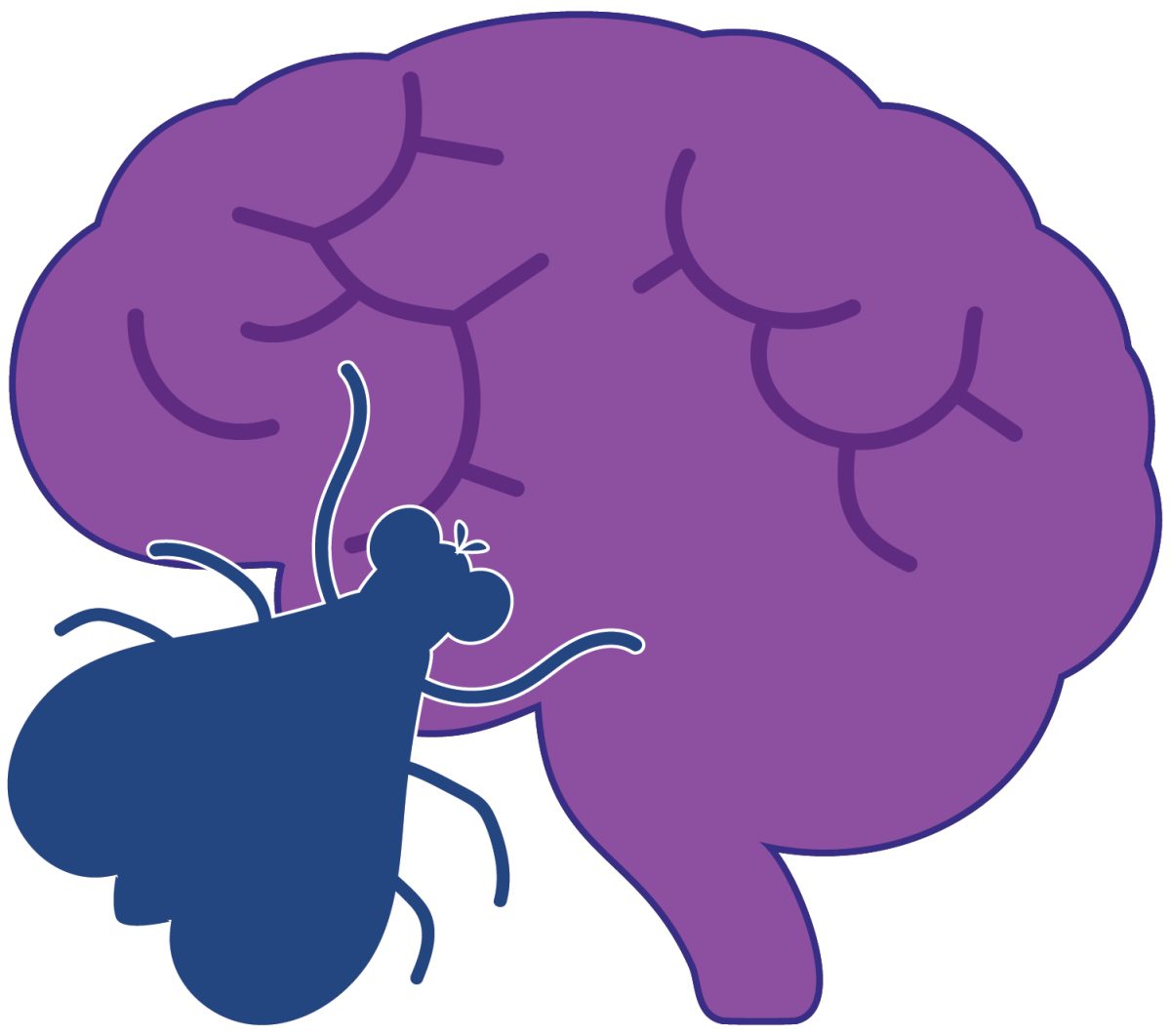Neuroscientists Mala Murthy and Sebastian Seung at the Princeton Neuroscience Institute used 21 million images of an adult female fruit fly brain to fully map out every neuron and synapse. The images were taken previously by neuroscientists at the Howard Hughes Medical Institute’s Janelia Research Campus.
Artificial intelligence was used to create a map, or a connectome, of a fruit fly’s brain based off the photos, but the results weren’t as accurate as they had hoped. Murthy and Seung combated this by recruiting hundreds of volunteers to proofread and annotate the connectome.
The result created a fully mapped fruit fly brain with over 140,000 neurons, 8,453 different types of neurons and 54.5 million synapses. From end to end, the neural tissue reaches over 490 feet long.
This discovery marks the largest completed connectome of any organism. Previously completed connectomes include a larval marine worm with 78 neurons, a larval sea squirt with 177 neurons, an adult roundworm with 302 neurons and a larval fruit fly with 3,000 neurons.
The completed connectome also has huge implications for understanding the brain more intimately. “You might be asking why we should care about the brain of a fruit fly,” Seung stated in an interview. “My simple answer is that if we can truly understand how any brain functions, it’s bound to tell us something about all brains.”
This project may give rise to more ambitious projects like a connectome of a mouse’s brain, with over 1,000 times as more neurons than an adult fruit fly.




